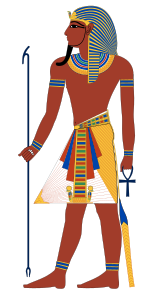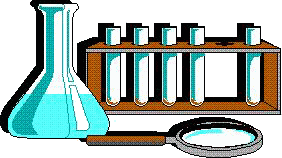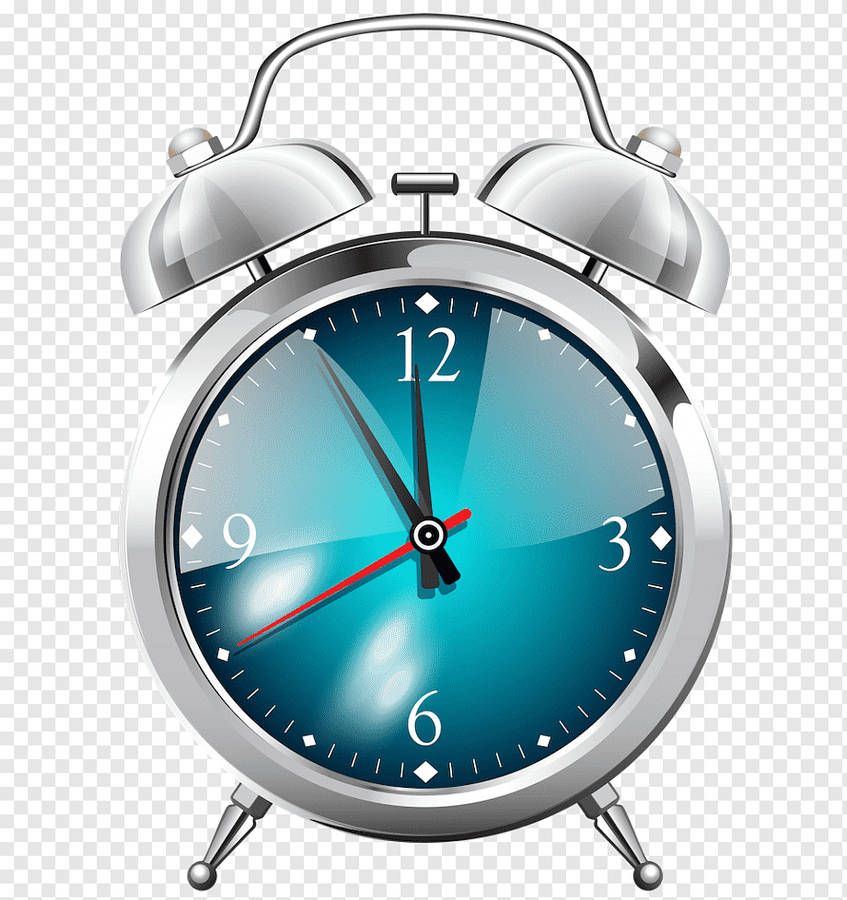"Sugaring Near Pittsfield" watercolor by Michael Davidoff
Sugaring season usually runs from late February to early April when warm[er] days and cool nights cause the sap to flow. I have fond memories of pulling two young children, each holding a five gallon bucket, on our toboggan to a small stand of Sugar Maples lining a long-forgotten road near our house. There, they helped me empty buckets, little mittened hands embracing tin. It was a magical time, and what a labor of love it was, boiling the sap down to make our very own maple syrup. When you figure it takes forty gallons of sap to make one gallon of syrup, you get an idea of how many trips we made, the three of us, to that little stand of maples in the woods.
But I digress. . .
ASSIGNMENTS FOR THE WEEK OF
MARCH 2-6
MARCH 2-6
DID YOU KNOW?
 "The word 'March' comes from the Roman 'Martius.' This was originally the first month of the Roman calendar and was named after Mars, the god of war. March was the beginning of our calendar year. We changed to the 'New Style' in 1752, and only since then the year began on the 1st of January. The Anglo-Saxons called the month Hlyd monath, which means Stormy Month, or Hraed monath, which means Rugged Month." Facts About March.
"The word 'March' comes from the Roman 'Martius.' This was originally the first month of the Roman calendar and was named after Mars, the god of war. March was the beginning of our calendar year. We changed to the 'New Style' in 1752, and only since then the year began on the 1st of January. The Anglo-Saxons called the month Hlyd monath, which means Stormy Month, or Hraed monath, which means Rugged Month." Facts About March.
LANGUAGE ARTS
The Great Kings of Ancient Egypt
PowerPoint Presentation Project
Last week you completed:
Introduction to PowerPoint Project, choosing a Pharaoh, &
Slide 1: Title slide--Pharaoh's name, illustration/likeness, your name & date
Slide 2: Basic information--Pharaoh's name, kingdom/dynasty, dates & length of rule, cartouche
Slide 3: Historical background
THIS WEEK:
Monday: Slide 4--Description of Pharaoh
Tuesday: Slide 5--Accomplishments/Highlights
Wednesday: Slide 6--Interesting Facts
Thursday: Slide 7--How/Why s/he died & Lasting Contributions
Friday: Slide 8--Bibliography (Be sure all sites have been recorded here.)
Last week you completed:
Introduction to PowerPoint Project, choosing a Pharaoh, &
Slide 1: Title slide--Pharaoh's name, illustration/likeness, your name & date
Slide 2: Basic information--Pharaoh's name, kingdom/dynasty, dates & length of rule, cartouche
Slide 3: Historical background
THIS WEEK:
Monday: Slide 4--Description of Pharaoh
Tuesday: Slide 5--Accomplishments/Highlights
Wednesday: Slide 6--Interesting Facts
Thursday: Slide 7--How/Why s/he died & Lasting Contributions
Friday: Slide 8--Bibliography (Be sure all sites have been recorded here.)
- Remember that your PowerPoint is to be in first person, as if you are the Pharaoh.
- Remember, too, the value of pictures, (realistic) illustrations, tomb layouts, and other visuals in helping your viewers come to know who "you" are.
The Social Studies/Language Arts Connection
Pharaohs of Ancient Egypt
A RECAP. . .
GREATEST PHARAOHS: KEEP LEARNING!
SOCIAL STUDIES
Monday: Create cover and compile Egypt Fact Book. Due Friday. Do not procrastinate! No, no, no!
Wednesday: Complete so-cool sarcophagus project--Also due on Friday!
Next week: "Pyramid" trioramas to display your finished sarcophagi. Your mini-mummies will definitely R.I.S. (rest in style!!) PowerPoint presentations, books, and projects will be shared /shown next week! We'll post photos here.
Wednesday: Complete so-cool sarcophagus project--Also due on Friday!
Variables -- Find a great explanation HERE.
Another quick explanation can be found HERE.
Check your understanding HERE
Thursday:
Qualitative vs Quantitative data -- Check your understanding HERE.
We'll do a great albeit brief mystery activity to review Observation vs Inference --
It can be found HERE.
Another quick explanation can be found HERE.
Check your understanding HERE
Thursday:
Qualitative vs Quantitative data -- Check your understanding HERE.
We'll do a great albeit brief mystery activity to review Observation vs Inference --
It can be found HERE.
SCIENTIFIC METHOD
- Step 1: Ask a question
- Step 2: Do research
- Step 3: Form a hypothesis
- Step 4: Perform an experiment
- Step 5: Record and organize your data
- Step 6: Analyze your results
- Step 7: Draw your conclusions

To learn the steps of the Scientific Method, try coming up with a mnemonic! They're fun, and they help you to remember! Undoubtedly, yours will be more creative than mine:
All Day Friday, People Raced Around Downtown.
 Friday: Study! Monday is
Friday: Study! Monday is
(ta-da-da-da, da-da. . .)
Vocabulary & Steps of the Scientific Method Test time! (Then we play!)Here's what you need to know:
- Vocabulary
- Steps to the Scientific Method (see above)
- Applying what you know about: Observations, Inferences, Predictions, Independent & Dependent Variables, Qualitative & Quantitative Data
MATH
"If you understand fraction, decimals, ratios and percents you have the basis for understanding topics such as similarity, trigonometry, coordinate geometry, and fancy algebra." BOO-YA!
Monday: Pre-Test and Introduction
Tuesday: Pages 189-190 & 5.1
Wednesday: Pages 193-194 & 5.2
Thursday: Pages 197-198 & 5.3
Friday: Mid-Chapter Checkpoint, pages 199-200
Here's another video;
Watch and try to do.
Watch and try to do.
Then check out the link below
for more great practice, too.
for more great practice, too.
Nothing like finding"other ways"
to figure things out!
See what you think:
Look HERE for more practice.
READING
 Monday: I Am Poem (February's Book Project.) Look HERE for directions and a sample poem from TeacherWeb.
Monday: I Am Poem (February's Book Project.) Look HERE for directions and a sample poem from TeacherWeb.
Tuesday: Fill out "Planning Ahead" sheets for your March book. Continue work on project till completed.
Wednesday: Project / Independent Reading
Thursday: Project / Independent Reading
Friday: February Book Project due.
NO WORD STUDY
THIS WEEK
(WOO-HOO!)
Time is running out. . .
The Marking Period ends
on March 9.
on March 9.
Everything done?
Dear Class,
It's three o'clock already; the bus will soon be here
You must fill out your planner and organize your gear
Get out your homework folder; it's orange and hard to miss--
Your work that's "almost finished" is what you put in this.
Before you leave, just ask yourself, "Do I have the stuff I need?
Do I know what I'm supposed to do? Do I have a book to read?"
Make everything you work on the best you've ever done
And when your homework's finished, go out and have some fun!
Just a word of caution as you zip up your backpack
Don't forget to do it, and for Pete's sake, bring it back!
Love,
Your devoted teacher
Love,
Your devoted teacher
Sugaring Near Pittsfield, Mars , Pharaoh, Egypt animated gif, 100% attitude, 50% image and quote Sarcophagus image, Focusing on words, Red banner, Clock gif , Heart scrollbanner, Red clock I Am image Variables wkst, scientist animated gif other scientist, gold banner, test tubes















